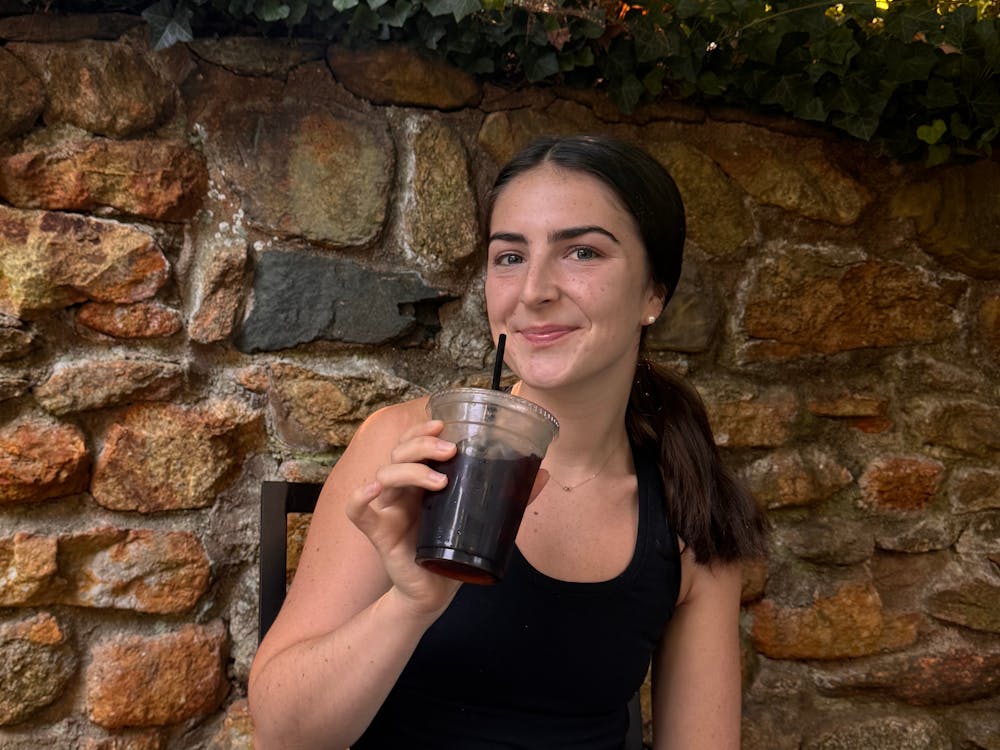The allure of traveling to somewhere thousands of miles away is often enough for many University students to decide to study abroad for part of their undergraduate careers. After all, the thought of scuba diving in Fiji, sketching classical Italian architecture and touring the castles of Scotland for academic credit is far more glamorous than roaming Cabell Hall for another semester.
But it is not quite as simple as just deciding to go - University students have a bevy of options from which to choose. Of the 1,269 students who went abroad during the 2009-10 academic year, 23.5 percent chose nonaffiliated programs, 3.5 percent chose partner programs, 5.1 percent chose exchange programs and 67.9 percent chose University programs, according to the University's International Studies Office. So how do students choose the one that is best for them?
When the University did not offer a program that met her interests, for example, third-year College student Lena Witek petitioned to join a University of Wisconsin program to Fiji.
A politics major with an interest in ethnic conflict studies, Witek was attracted to Fiji because of its cultural diversity and its historically volatile government, a military dictatorship that has seen four coups during the past 20 years.
While the University's approved Fiji program focuses on field projects, the University of Wisconsin program offered politics classes that were more tailored to Witek's academic goals. "I wanted to broaden my perspective politically, by taking politics classes in a country that has little political clout in the world," she said.
Witek also wanted to immerse herself in the Fijian culture, whereas in the University program, she would have been part of 10 to 12 American students together the entire time. Instead, she was one of roughly 40 international students at a university of 1,000 students, giving her a chance to meet others from different cultures and backgrounds, including students from Tonga and the Solomon Islands.
But non-affiliated programs also have their downsides; for example, the application process is often more demanding. Witek filled out four applications, compared to the one application she would have filled out for a University program or partner program, or the two applications for an approved outside program or exchange program. Still, this did not deter Witek, who said even though the process was much more time-consuming and complicated, the extra effort was well worth it.
Meanwhile, with partner programs, in which an organization recruits students from across the United States and administers the program, the University helps design the academic curriculum, handles the application and student payment processes, and sets tuition and fee rates.
Third-year Architecture student Allison Murphy settled on a partner program that sent her to Florence, Italy. Murphy chose the program because it had everything that she was looking for - a school in Italy that offered art and architectural history courses taught in English.
"I fell in love with Florence when I visited it for a day in high school," she said. "I always wanted to return there."
Another option for students is exchange programs, in which University students enroll at partner universities with local students while students from partner institutions enroll at the University. Students pay their University tuition plus additional fees for their semester abroad.
Third-year College student Valerie Roth chose to participate in an exchange program in Glasgow, Scotland because it gave her independence. Comparing her program to that of her roommate who enrolled in the University's Valencia, Spain program, she said, "It's not like Valencia where you go with a bunch of U.Va. kids and take Spanish classes with them ... I take classes with the regular students, and I have the freedom to enroll in whichever classes I want to." Roth acknowledged that University-affiliated programs can make the planning process easier, however, especially with housing and traveling plans.
Moreover, programs organized by the University make transferring academic credit and coursework far easier on students, as these programs have been designed and continue to be developed and directed by University faculty. The participants are predominantly from the University, as is much of the faculty. The University Budget Office sets the program's tuition and fees, which is generally comparable to in-state tuition.
Fourth-year College student David Mullens decided on the University's Valencia program because it gave him direct credit, meaning that both credits and grades from his courses abroad transferred to his transcript automatically. Had he done any kind of a non-University program, only his credits - and not his grades - would have transferred.
At the same time, he also felt that the program prevented him from meeting as many locals as he would have liked, as he was constantly traveling with a group of American students.
"As I was sitting on the plane on the way back, I remember thinking that I wished I had made two or three good Spanish friends while I was there," he said.
But regardless of program type - nonaffiliated, partner, exchange or University-designed - students agree that studying abroad provides different opportunities and perspectives than one would find walking across Grounds.






